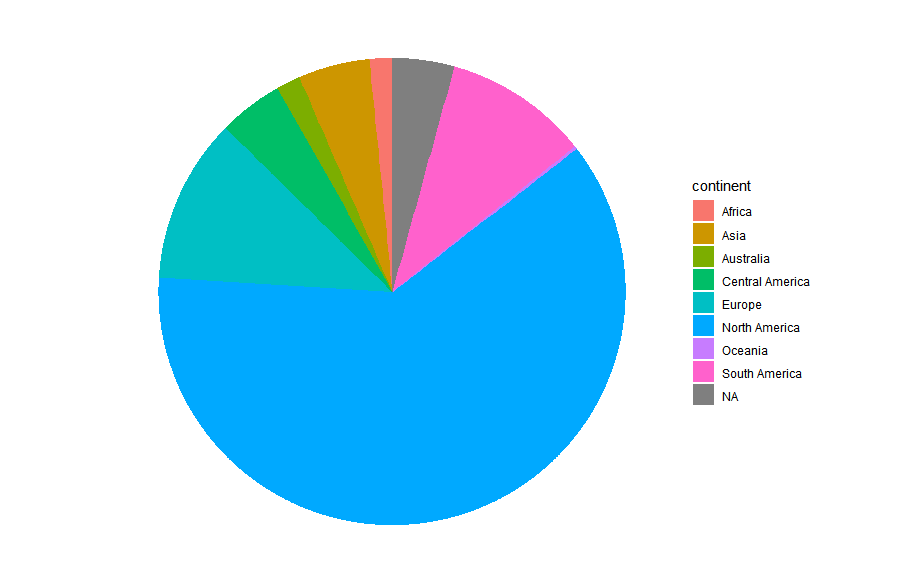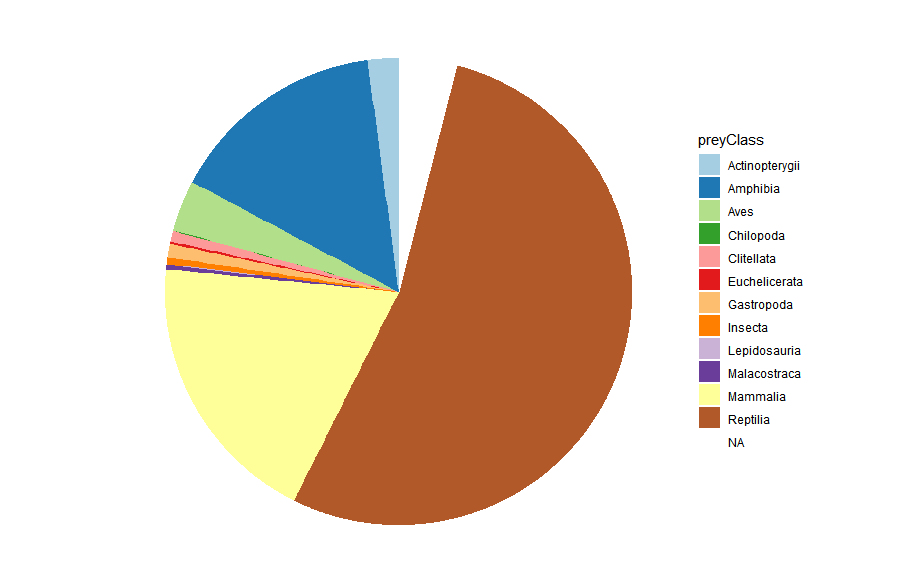Hi all,
Thanks for being a part of the project. I am extremely impressed by how much great data we have collected together, and it seem that the project is growing every day - as you'll surely notice, the number of observations cited in this post's title is lagging by more than 100 observations! But before I get to the numbers as they stand, I'd like to thank @alexey_katz for helping make this project so vibrant and for adding so many observations.
I recently gave a few short talks on the project at small symposia and had to do some preliminary data analyses to do so. The analyses reflect our dataset as of April 28th, 2023, and all the R code and initial data used can be found at github.com/dibamus/iNat. The code and analyses are still rudimentary as I didn't give myself much time to prepare the slides, but you should feel free to explore the dataset yourself, and I greatly appreciate any collaboration. You can find a spreadsheet with links to all of the observations and their prey identifications
here. I would like to publish our dataset in the future and welcome all members of the project as co-authors and collaborators. If you're interested in data analyses and writing, please get in touch!
Finally, when you are adding observations, there are now way more observation fields available to fill out - please don't feel compelled to fill out all of them! As I started analyzing our dataset, I noticed that all of these fields were in use on at least some observations, and so, rather than go through the dataset and fill out the same field for all the observations, I've simply elected to include them all as possible fields. This really improved the number of records with prey item data.
So, as of April 28th, 2023, here's what our dataset contains:
4,456 records of snake predation events, covering 557 species of snakes predating upon at least 738 prey species.

Our dataset is global in scope, though clearly biased towards European and North American records.

It captures a variety of prey items. More than 50% of prey items are reptiles, while Mammals and Amphibians each make up another ~20%.
The North American common garter snake, Thamnophis sirtalis is the most commonly spotted snake, and its prey items in our dataset are almost all frogs, with a large portion of them being the American Toad, Anaxyrus americanus (70 individuals).
Keep building the project!
I have had several colleagues reach out with suggestions of how to increase the scope of our dataset, especially by increasing geographic breadth. Their suggestion; make inroads in regional herper/nature photographer facebook groups. this is just what Martiz & Martiz (2020) did to produce their dataset, but I want us specifically to get people posting to iNat. They don't have to post everything, but a simple ask of photographers to put their photos of snake predation records on iNat - or to give you consent to do so on their behalf - seems quite reasonable to me.
There are still many prey items in our dataset that need to be identified! A small percentage of observations have no prey ID at all, and many more have prey IDs that could probably be improved. You can find a spreadsheet with links to all of the observations and their prey identifications
here.
If you consider yourself a good identifier of vertebrates in a certain region, check out our records and see if you can improve prey IDs there.
Finally, help spread the word! If you are going to be in a place with a lot of curious snake-lovers, you can send them to our project via the QR code below.

Cheers,
Isaac








